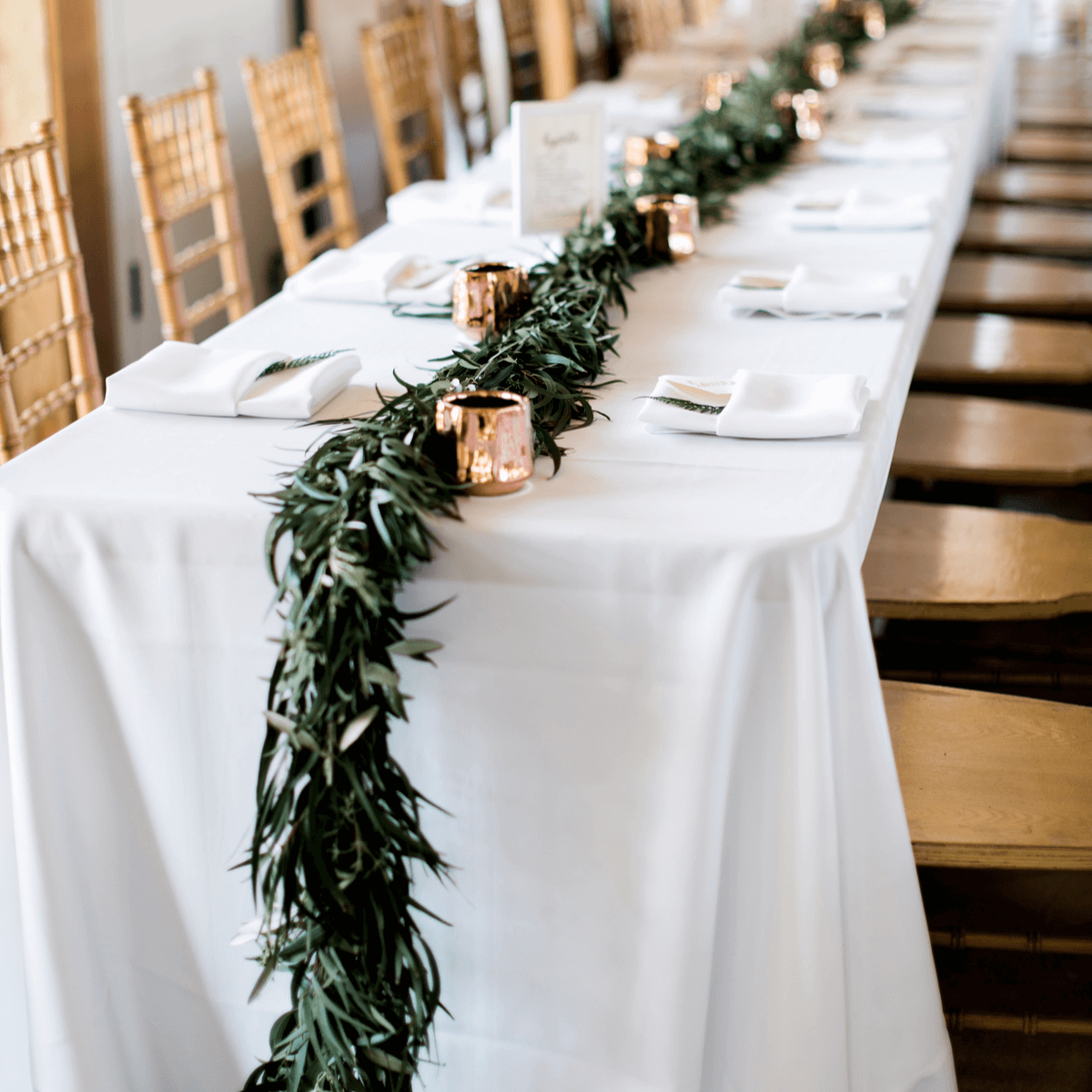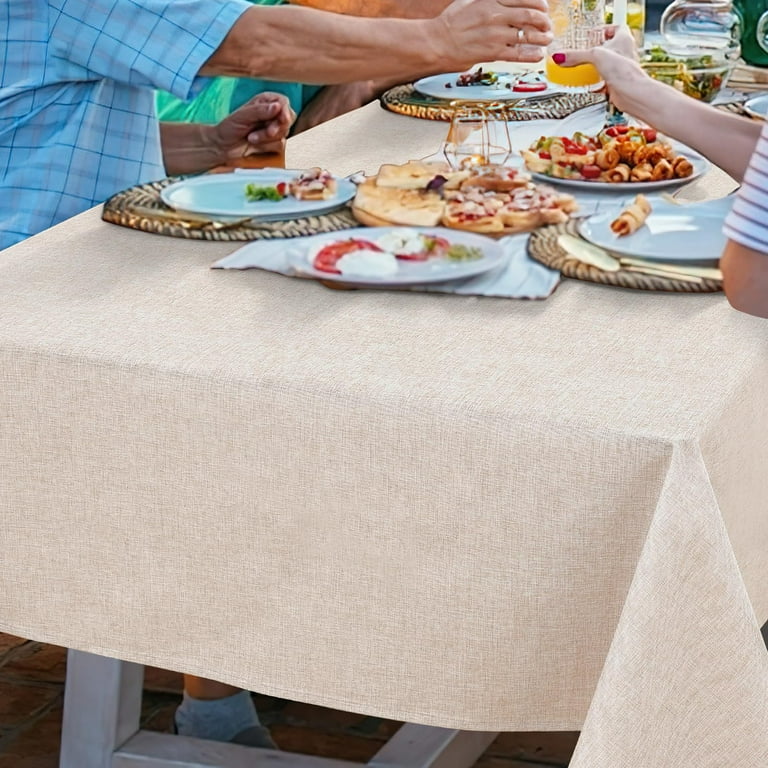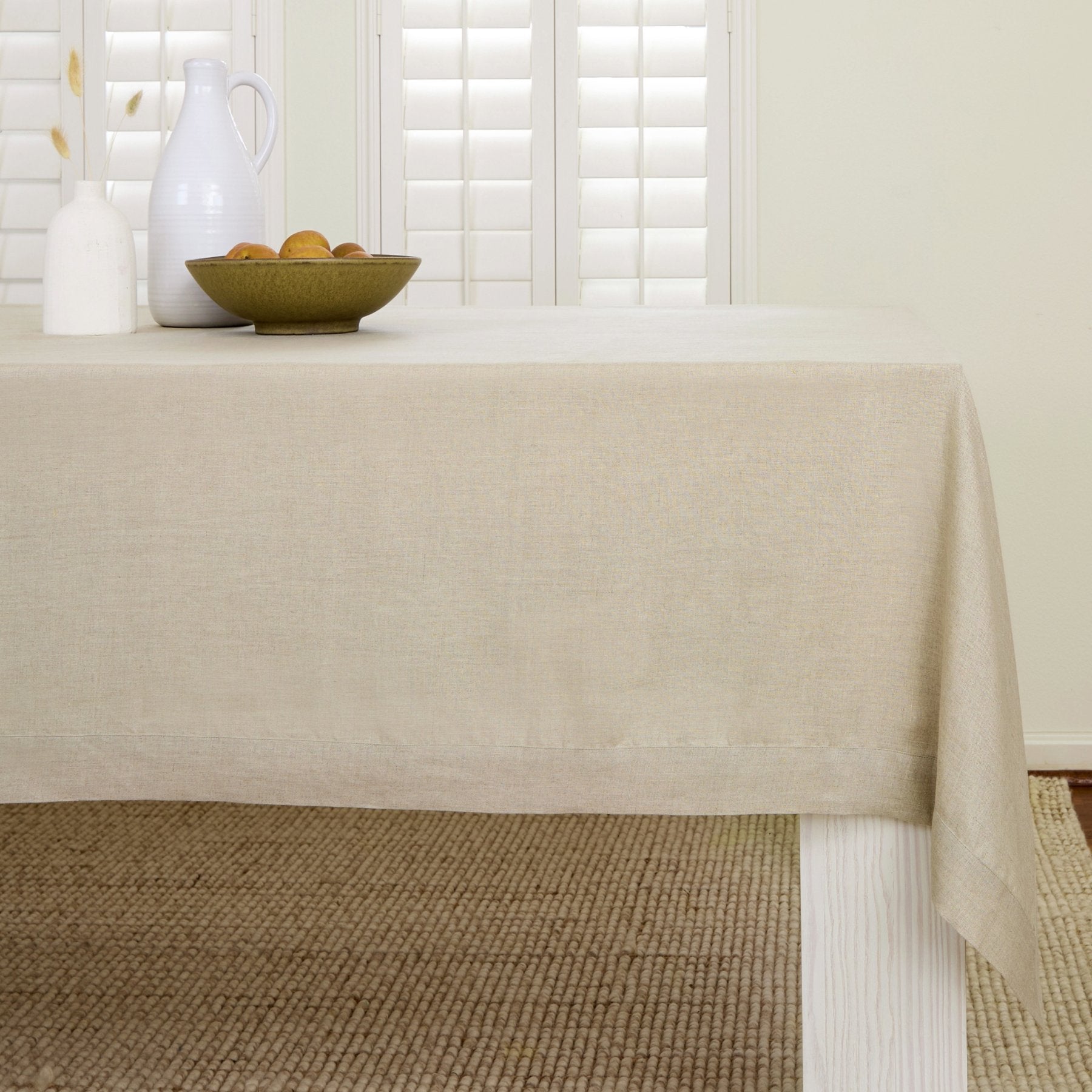Stylish Table Cloths: Perfect Choices for every single Occasion
Stylish Table Cloths: Perfect Choices for every single Occasion
Blog Article
Linen Fabric Advancements: Discovering Modern Trends and Creative Applications in Design and Textile Market
From lasting production techniques to sophisticated weaving modern technologies, the development of bed linen is improving the landscape of the fabric sector. As we delve right into the realms of innovative style applications and the emergence of bed linen blends and hybrid textiles, a brand-new phase unfolds in which linen's duty in future textile technologies takes center phase.
Sustainable Practices in Linen Manufacturing
Lasting practices in linen production have come to be progressively essential in the fabric industry's efforts to reduce ecological influence and promote ethical sourcing techniques. Bed linen, a natural fiber stemmed from the flax plant, uses a series of benefits such as sturdiness, breathability, and biodegradability. However, standard approaches of bed linen production can entail significant water consumption, pesticide use, and energy-intensive processes.
To address these difficulties, several fabric suppliers are embracing sustainable techniques throughout the bed linen manufacturing process. This includes sourcing flax from organic farms that stay clear of hazardous pesticides and chemicals, executing water-efficient retting strategies to extract fibers from the flax stalks, and using environmentally friendly dyes and coatings. Additionally, some business are purchasing eco-friendly energy sources to power their production centers and reducing waste through recycling and upcycling efforts.
Technical Advancements in Bed Linen Weaving
With the growing emphasis on sustainable techniques in linen manufacturing, the fabric industry is now seeing a rise in technological advancements especially aimed at revolutionizing the art of bed linen weaving. These technologies are improving the means bed linen materials are created, using enhanced efficiency, high quality, and imagination in weaving methods.
One of the vital technological improvements in linen weaving is the assimilation of computerized looms. These advanced looms are outfitted with software program that allows for intricate and detailed designs to be woven with precision. By digitizing the weaving process, makers can achieve higher uniformity and precision in their linen fabrics.
In addition, advancements in yarn spinning modern technology have made it possible for the manufacturing of finer and even more sturdy linen yarns - table cloths. This results in softer and smoother linen materials that maintain their quality also after numerous uses and laundries
In addition, the development of environment-friendly dyeing procedures and coatings for linen materials is acquiring grip. These sustainable techniques not only minimize the environmental impact yet likewise deal with the boosting customer need for morally created fabrics.
Creative Design Applications for Linen
Innovative creative approaches are progressively forming the imaginative design applications for linen in the fabric sector. Linen's all-natural visual allure and ability to mix with various other fabrics make it a preferred selection for creating special garments and accessories that cater to the ecologically aware consumer.
Moreover, developers are experimenting with linen in home decor, using its breathable and durable nature to craft elegant home furnishings such as drapes, bed linen, and upholstery. The appearance and drape of bed linen bring a feeling of refinement and convenience to interior spaces, adding a touch of beauty to modern homes.

Bed Linen Blends and Crossbreed Fabrics

Hybrid materials, on the various other hand, take the principle of blending a step further by incorporating extra components such as metallic threads, recycled products, or conductive fibers. These ingenious textiles not just increase the design possibilities yet also introduce practical facets like conductivity, antimicrobial residential or commercial properties, or improved toughness. Hybrid materials are increasingly being utilized in different industries, consisting of style, interior decoration, and technical fabrics, where the need for multifunctional products gets on the surge.
Bed linen's Role in Future Fabric Innovations

In the realm of future textile advancements, bed linen is expected to be a principal in the growth of innovative functional fabrics. Developers and scientists are discovering means to enhance linen's fundamental high qualities via technical advancements, such as incorporating clever fabrics, nanotechnology, and performance surfaces. These advancements intend to elevate linen's performance qualities, making it ideal for a broader variety of applications, from activewear to protective garments.
In addition, the combination of bed linen with various other natural or artificial fibers opens up unlimited opportunities for creating novel textiles with distinct buildings and capabilities. By leveraging bed linen's features and checking out ingenious blends, the textile market is poised to present amazing growths that deal with developing consumer needs and sustainability requirements.
Conclusion
Finally, the expedition of lasting methods, technological developments, creative design applications, bed linen blends, and its function in future textile developments highlight the continuous advancement of bed linen material in the modern layout and fabric market. With a concentrate on development and creativity, the versatility and environment-friendly nature of bed linen make it a beneficial product for producers and designers alike, paving the means for additional advancements and improvements in the field of textiles.
As we delve right into the worlds of innovative design applications and the appearance of bed linen blends and hybrid materials, a new phase unravels in which linen's duty in future fabric developments takes facility stage.
Exploring the blend of linen with various other fabrics has actually led to the introduction of innovative blends and hybrid fabrics in the contemporary fabric sector. Linen blends supply an one-of-a-kind combination of the characteristics of bed linen with those of other fibers, resulting in textiles that possess boosted residential or commercial properties such as raised longevity, enhanced draping, and reduced wrinkling.The development of linen blends and crossbreed materials has actually established the stage for Bed linen to play a critical duty in driving future textile innovations.In the realm of future textile find more info technologies, bed linen is expected to be a key gamer in the advancement of advanced useful textiles.
Report this page